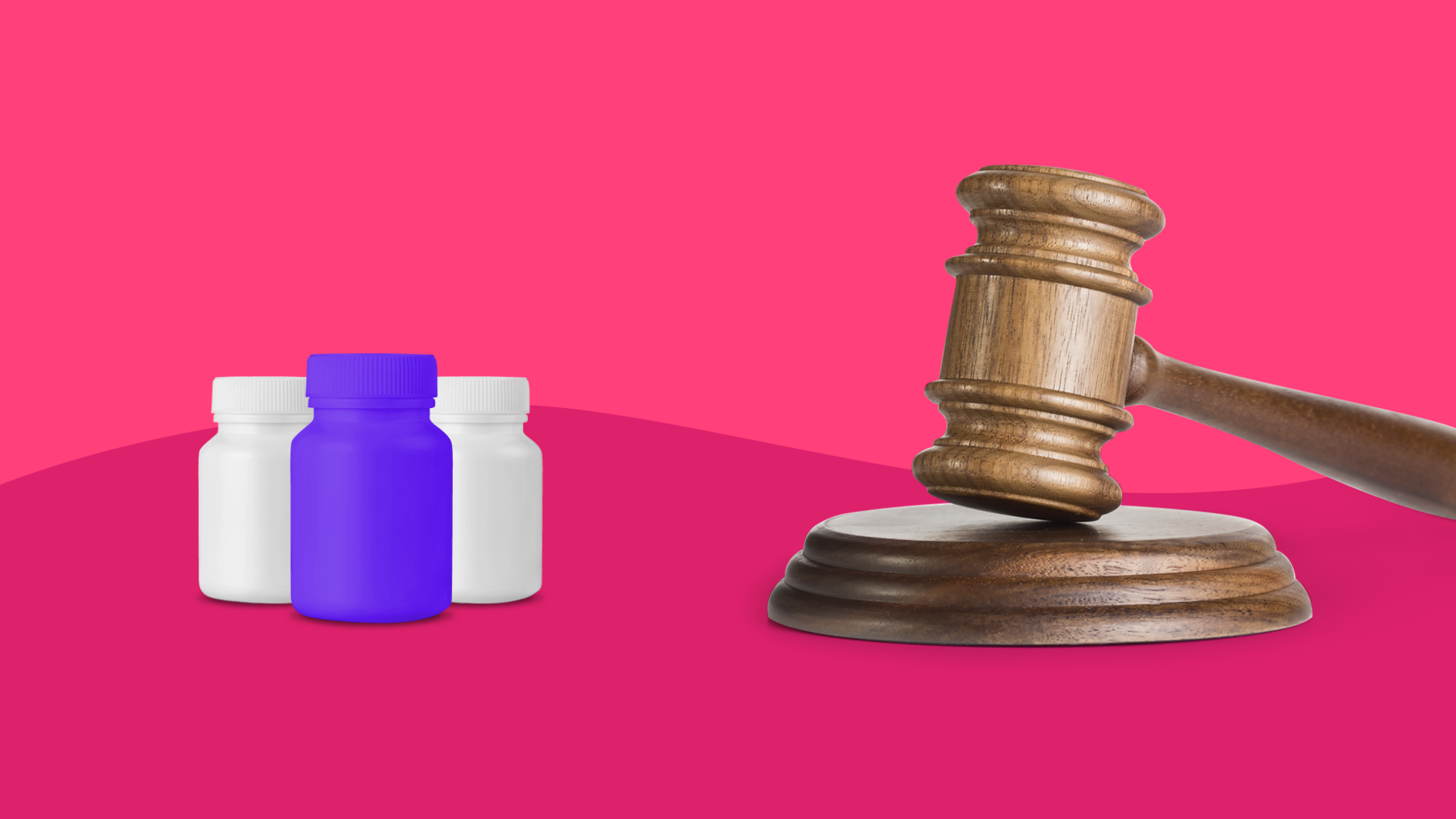Key takeaways
The Controlled Substances Act (CSA) is a comprehensive federal U.S. drug policy established in 1970 to regulate the manufacture, importation, possession, use, and distribution of certain substances, categorizing them into five schedules based on their potential for abuse, medical use, and safety.
Drugs and substances under the CSA include both illegal drugs and prescription medications, classified into Schedules I through V, with Schedule I drugs having a high potential for abuse and no accepted medical use, and Schedule V drugs having the lowest potential for abuse.
Agencies including the DEA, DHHS, FDA, and others can request changes to the scheduling of substances under the CSA, and states have the authority to enforce more stringent controls on these substances.
The regulation of prescriptions for controlled substances varies by state to prevent misuse and abuse, with differences in refill policies and dosage limits, and pharmacists have the discretion to refuse filling prescriptions under certain conditions.
The Controlled Substances Act (CSA) is a federal, U.S. drug policy, under which the manufacture, importation, possession, use, and distribution of certain substances is regulated. Under it, all substances that are regulated in some way under existing federal law are put into one of five schedules.
What drugs are included in the Controlled Substances Act?
Some prescription medications, as well as illegal drugs, are part of the CSA. Prescription drugs that have a high likelihood of misuse are included for this purpose. The drugs are classified into five schedules based upon their abuse potential, medical applications, and safety. According to the Drug Enforcement Agency (DEA), they are classified in the following ways:
Schedule I
Schedule I drugs, substances, or chemicals are defined as drugs with no currently accepted medical use and a high potential for abuse. Examples of Schedule I drugs include heroin, lysergic acid diethylamide (LSD), marijuana (cannabis), 3,4-methylenedioxymethamphetamine (ecstasy), methaqualone, and peyote.
Schedule II
Schedule II drugs, substances, or chemicals are defined as drugs with a high potential for abuse, with use potentially leading to severe psychological or physical dependence. These drugs are also considered dangerous. Some examples of Schedule II drugs are combination products with less than 15 milligrams of hydrocodone per dosage unit (Vicodin), cocaine, methamphetamine, methadone, hydromorphone (Dilaudid), meperidine (Demerol), oxycodone (OxyContin), fentanyl, Dexedrine, Adderall, and Ritalin.
Schedule III
Schedule III drugs, substances, or chemicals are defined as drugs with a moderate to low potential for physical and psychological dependence. Schedule III drugs abuse potential is less than Schedule I and Schedule II drugs but more than Schedule IV. Some examples of Schedule III drugs are products containing less than 90 milligrams of codeine per dosage unit (Tylenol with codeine), ketamine, anabolic steroids, and testosterone.
Schedule IV
Schedule IV drugs, substances, or chemicals are defined as drugs with a low potential for abuse and low risk of dependence. Some examples of Schedule IV drugs are Xanax, Soma, Valium, Ativan, Talwin, Ambien, Tramadol.
Schedule V
Schedule V drugs, substances, or chemicals are defined as drugs with lower potential for abuse than Schedule IV and consist of preparations containing limited quantities of certain narcotics. Schedule V drugs are usually used for antidiarrheal, antitussive, and analgesic purposes. Some examples of Schedule V drugs include cough-preparations with less than 200 milligrams of codeine or per 100 milliliters (Robitussin AC), Lomotil, Motofen, Lyrica, Parepectolin.
RELATED: Learn the dangers of cough syrup addiction
When was the Controlled Substances Act passed?
The CSA was signed into law by President Richard Nixon on Oct. 27, 1970. The Controlled Substances Act of 1970 was passed by the 91st United States Congress, as Title II of the Comprehensive Drug Abuse Prevention and Control Act of 1970.
Who decides which drugs are included in the Controlled Substances Act?
A number of agencies can request the addition, deletion, or change of schedule for a medication or substance in the CSA. These agencies include the DEA, the Department of Health and Human Services (DHHS), the Food and Drug Administration (FDA), or from any other party through a petition to the DEA. Here is a full list of controlled substances. State agencies can designate a more stringent classification for substances in their state. For instance, some states have reclassified Neurontin (gabapentin) as a controlled substance, even though its federal classification is still non-controlled.
How do I fill prescriptions for controlled substances?
In the past several years, the U.S. has had an unprecedented number of prescription drug overdose deaths. The majority of these deaths were from a prescription opioid pain reliever, specifically oxycodone, hydrocodone, or methadone. Not all states were affected the same by the prescription drug overdose death epidemic. As a result, different states have different regulations on these controlled substances: specifically with setting time or dosage limits to prevent drug misuse and abuse.
How states regulate differs slightly. For example, Texas prohibits a doctor from authorizing a prescription to be refilled indefinitely. The length of time a prescription may repeat depends on the drug—it may range from six months to a year from the date the prescription is written. After that, the patient should contact their doctor again to renew the prescription. A pharmacist may refuse to fill your subscription if, among other reasons, they are concerned that too high a dose has been prescribed.
To check restrictions for your state, you can use this Center for Disease Control (CDC) reference as a starting point.
SingleCare coupons for controlled substances
There is a warning at the top of all SingleCare coupon pages for controlled substances to help you identify when your medication falls into this category. Always talk to your physician or pharmacist about the risks associated with a new medication.




